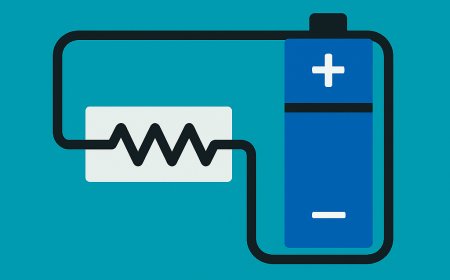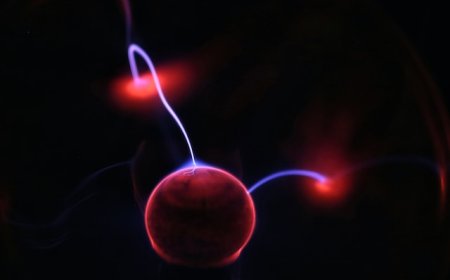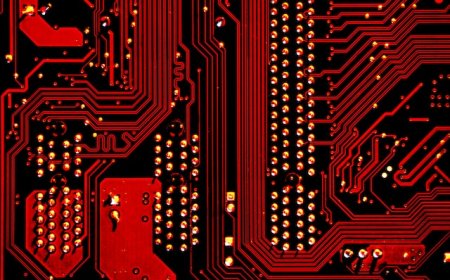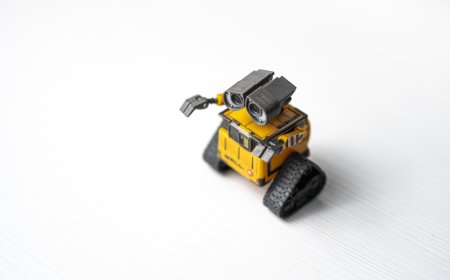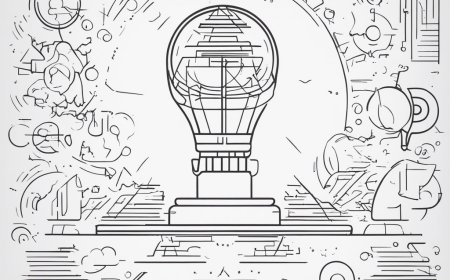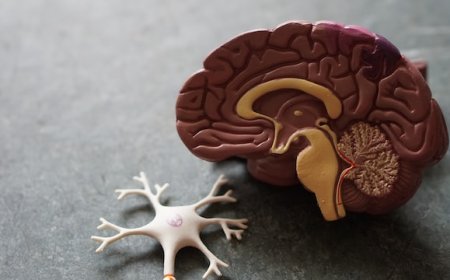Static Electricity and Electric Fields: Why Balloons Stick to Walls and Hair Stands Up
Learn why rubbing a balloon on a sweater makes it cling to a wall or your hair stand on end. This article explains electric charge, triboelectricity, electric fields and discharge, explores lightning and everyday examples, and offers tips to manage static.

Most people first encounter static electricity as a surprising crackle when touching a metal doorknob on a dry day or see their hair stand on end after pulling off a wool hat. You can also witness it when a freshly dried shirt stubbornly clings to your body or when a balloon rubbed on your sweater sticks to a wall. These common experiences reveal the fascinating world of electric charge and electric fields. Unlike the continuous flow of charges in a power cord, static electricity involves charges that build up and remain stationary until they suddenly find a path to discharge. Understanding how and why this happens requires looking inside atoms and exploring how materials exchange electrons.
All matter is made up of atoms, which consist of positively charged protons in the nucleus, neutral neutrons, and negatively charged electrons orbiting around them. Normally, atoms are electrically neutral because the number of protons equals the number of electrons. When atoms gain or lose electrons, they become charged ions. Electrons are bound to atoms by electric forces, but in some materials they can be removed more easily than others. Materials can be arranged on a triboelectric series that ranks how likely they are to gain or lose electrons. When two different materials come into contact and then separate, electrons may transfer from one to the other depending on their positions in this series. The material that loses electrons becomes positively charged, while the material that gains electrons becomes negatively charged.
Rubbing, friction or simply peeling two surfaces apart can increase this transfer of electrons by bringing more atoms into contact. This is why static electricity often appears when you walk across a carpet in socks, comb your hair on a dry day or remove clothes from a dryer: the contact between different fabrics has transferred charges. If you rub a balloon against a wool sweater, electrons move from the wool to the balloon. The balloon becomes negatively charged and the sweater becomes positively charged. Because like charges repel and opposite charges attract, the negatively charged balloon is attracted to neutral objects due to polarization: electrons in the wall or your hair are repelled slightly, leaving the near surface with a net positive charge that attracts the balloon. The same process makes your hair stand up—each strand becomes similarly charged and they repel one another, spreading out like the bristles of a brush.
The region around a charged object where it exerts a force on other charges is called an electric field. Electric fields radiate outward from positive charges and inward toward negative charges. The strength of the field diminishes with distance, following Coulomb’s law, which states that the force between two point charges is proportional to the product of their charges and inversely proportional to the square of the distance between them. When you hold a charged balloon near a wall, its electric field rearranges the charges in the wall’s molecules, inducing a region of opposite charge that attracts the balloon. This induced polarization is why charged objects can attract neutral objects. You can observe this effect by bringing a plastic comb through your hair and then using it to pick up small pieces of paper—the comb’s electric field polarizes the paper, causing an attraction.
Static charges don’t remain indefinitely; they eventually discharge. Discharge occurs when a path is provided for the electrons to balance out between charged objects. Touching a metal doorknob after walking on a carpet allows the excess electrons on your body to flow to the ground, resulting in a shock. If the potential difference—the voltage—between two objects is large enough, electrons will jump through the air in a tiny spark, ionizing air molecules along the way. Lightning is the most dramatic example of static discharge. Storm clouds become charged through collisions of ice particles and separation of charges within the cloud. When the potential difference between cloud and ground (or between regions of a cloud) becomes huge, a rapid discharge occurs, creating a bright flash, a shock wave and thunder. The air in the lightning channel is heated to temperatures hotter than the surface of the sun.
Static electricity has many practical applications and some hazards. Electrostatic precipitators use electric fields to remove particles from industrial exhaust gases. Laser printers and photocopiers rely on electrostatic charges to attract toner particles to the right locations on paper. Automotive spray painting uses electrostatics to attract paint droplets evenly onto car bodies, reducing waste. On the other hand, static sparks can ignite flammable vapours in fuel tanks or grain silos, so grounding and humidification are important safety measures. In electronics manufacturing, static discharge can damage sensitive components, so workers wear antistatic wrist straps and mats to dissipate charges safely. Dry indoor air exacerbates static build-up because moisture in the air normally helps dissipate charges by providing a conductive path on surfaces. Adding humidity to the air or using antistatic sprays reduces shocks and cling.
To minimize static shocks at home, you can wear natural fibres like cotton instead of synthetic fabrics that hold onto charges, use fabric softeners in the dryer, and touch a grounded metal object before reaching for a door handle. Understanding static electricity demystifies those pesky zaps and reveals a fundamental aspect of nature. Electric charge is conserved and quantized, but its distribution on everyday objects can vary with surprising results. The next time a balloon sticks to the ceiling or your cat’s fur crackles when you pet it, you’ll know it’s the result of electrons moving between materials and the invisible electric fields they create. Static electricity not only provides entertainment with party tricks but also powers technology and serves as a reminder of the forces present in the seemingly mundane interactions of everyday life.
What's Your Reaction?













